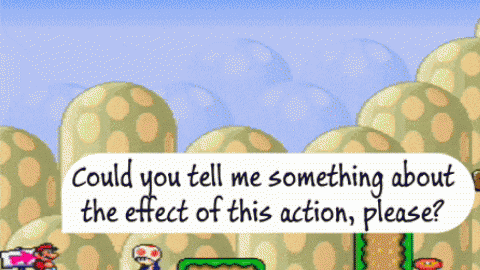
Artists pay tribute to NES games with a collection of GIFs
Videogame GIFs are one of my favorite things on the internet. Retro game nostalgia less so, but that hasn’t stopped me enjoying the NES game-inspired GIFs that are being showcased on Back to Bits. The website launched today and is a curated animation project created by Washington-based artist Jerry Liu. His reason for putting Back to Bits together is simple: he wanted a way to bring likeminded artists together and to celebrate the games of his and their childhood. a range of different art styles and approaches The GIFs that you can see today were created by more than 40 different…







